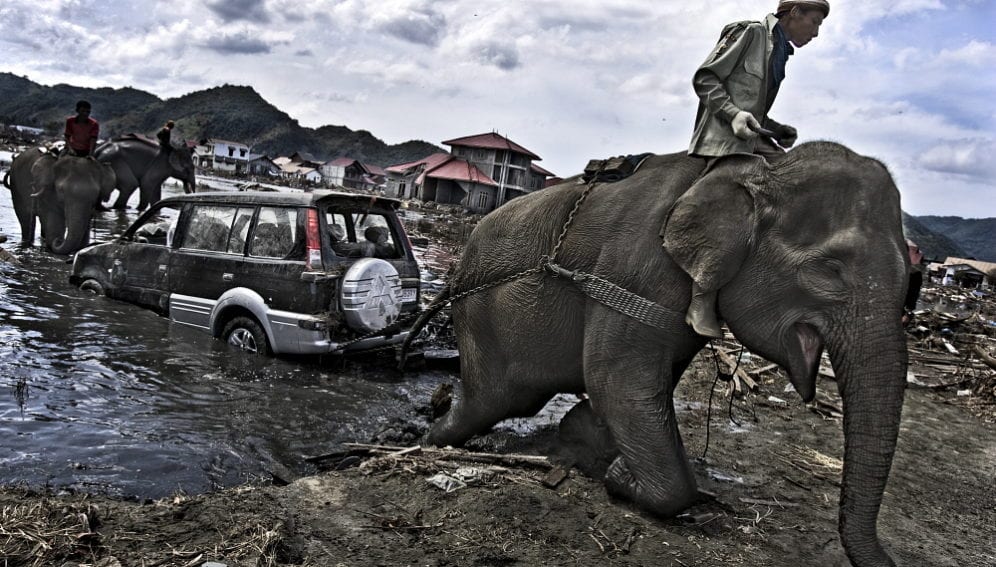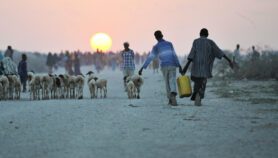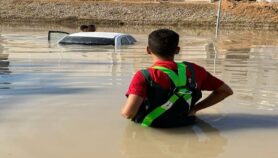By: Max Martin
Send to a friend
The details you provide on this page will not be used to send unsolicited email, and will not be sold to a 3rd party. See privacy policy.
Rather than forcing those threatened by disasters to relocate, they should be helped to stay, says Max Martin.
Scientists have discovered that the Arabian Sea rim could be at higher risk of earthquakes and tsunamis than currently thought. The findings could pitch the livelihood and cultural rights of local people — for example traditional fishing communities — against the goals of disaster risk reduction and competing economic interests.
Although coasts can be hazard-prone, they are often densely populated, with people jostling for space — for livelihoods, commerce, leisure or profit. Often, poor coastal communities get pushed inland. Altered perceptions of safety could further encourage authorities to continue this process.
Tsunamis in the Arabian Sea and Bay of Bengal were not in most countries' disaster management agendas until 2004, when the Indian Ocean tsunami decimated several hamlets there. While governments introduced early-warning measures, responses also involved resettling several traditional fishing communities away from the coast, particularly in India, Indonesia, Sri Lanka and Thailand.
Relocations were justified in terms of risk reduction, but they raised some uncomfortable political questions — especially when tourism and urban development projects now occupy the spaces that fishing communities once did.
Traditional communities often dislike or even resist displacement because their lifestyles and livelihoods are intrinsically linked to coastal areas. And historically, involuntary resettlement has left such communities at greater risk of impoverishment.
But if there is conclusive evidence of greater threat from earthquakes and tsunamis on the Arabian Sea rim, it could justify keeping some coastal stretches uninhabited.
Governments have also been prompted to resettle local communities due to projected rises in sea levels and changes in rainfall patterns associated with climate change. Examples include the Chinese province of Inner Mongolia, which faces desertification, the flood-prone Zambezi basin in Mozambique and the Mekong Delta in Vietnam.
However, in cases such as the low-lying Carteret Islands in the Pacific, people have often preferred to stay put or travel back and forth between their homes and resettlement areas.
National governments need to ensure that people have a range of mobility options, based on robust and reliable scientific evidence and disaster-response mechanisms. These should include early-warning measures; routes, plans and means of evacuation; disaster-ready infrastructure; and an awareness generation and communication system that always reaches the last mile whatever the situation.
Such plans, which are already in place in countries such as Bangladesh, should ensure that people are never trapped in dangerous places — but they need not have to vacate their homes in the name of safety for someone more powerful than them.
Max Martin is a doctoral candidate at the University of Sussex, United Kingdom, researching on climate-related migration. The views expressed are his own.















